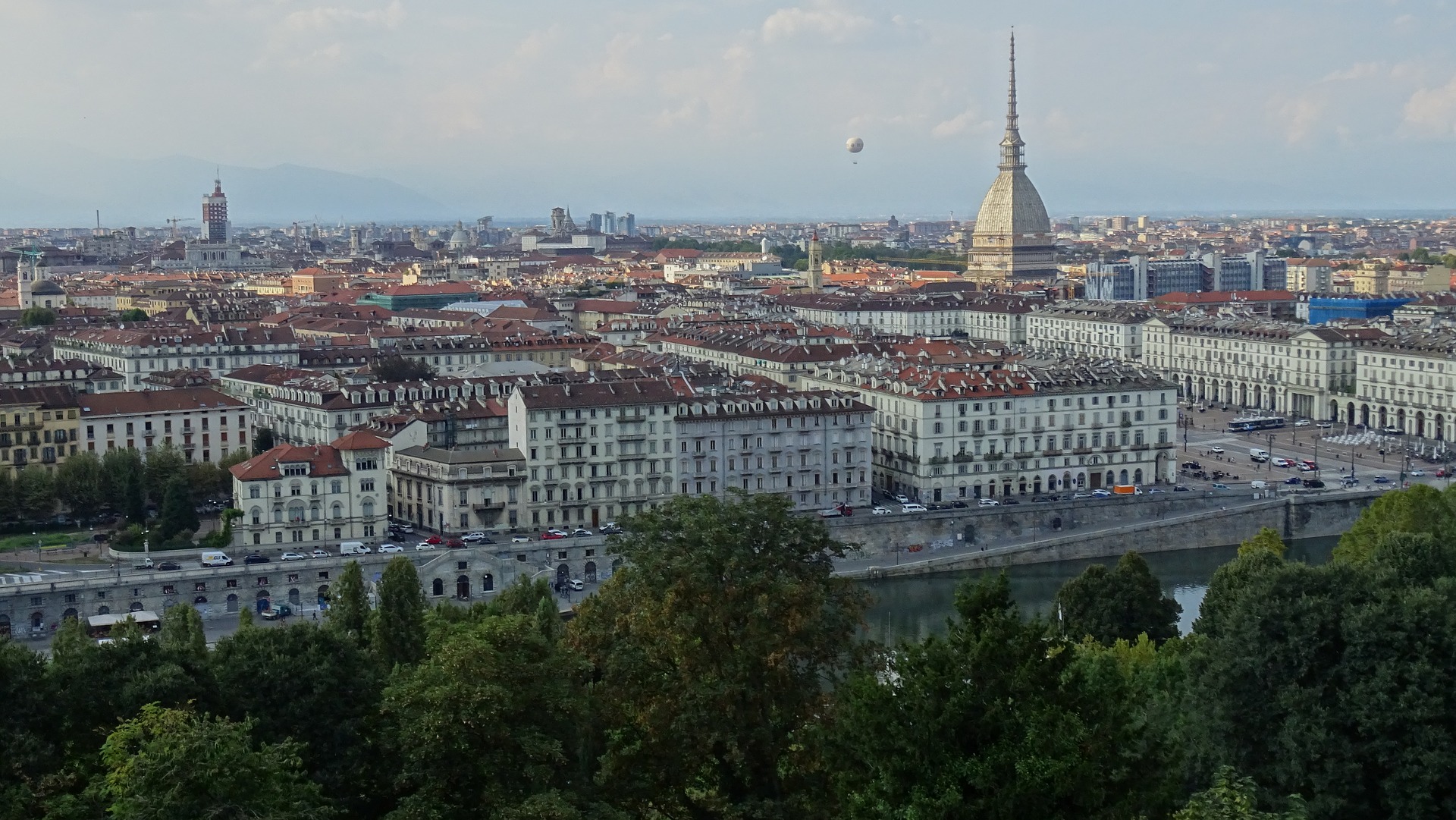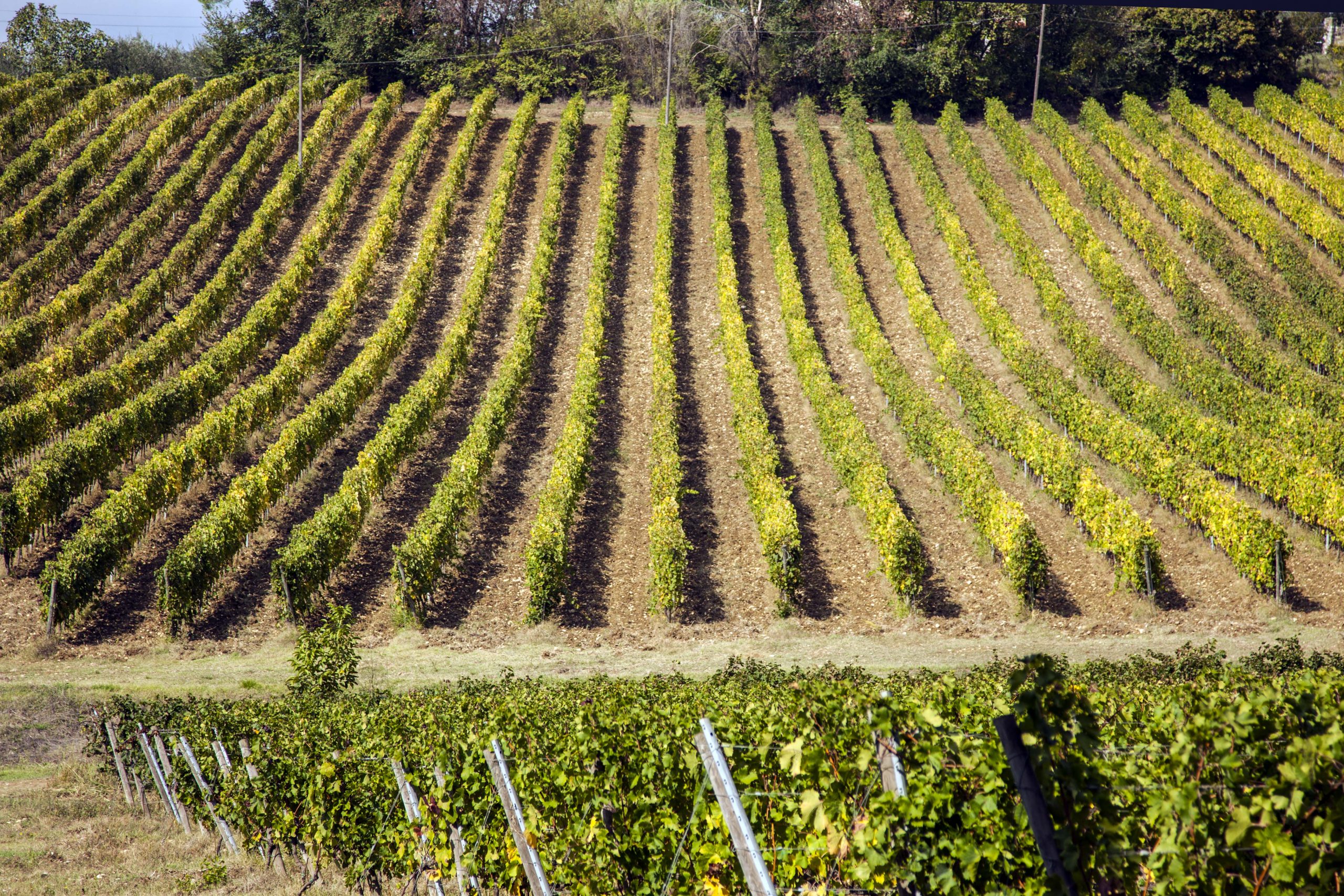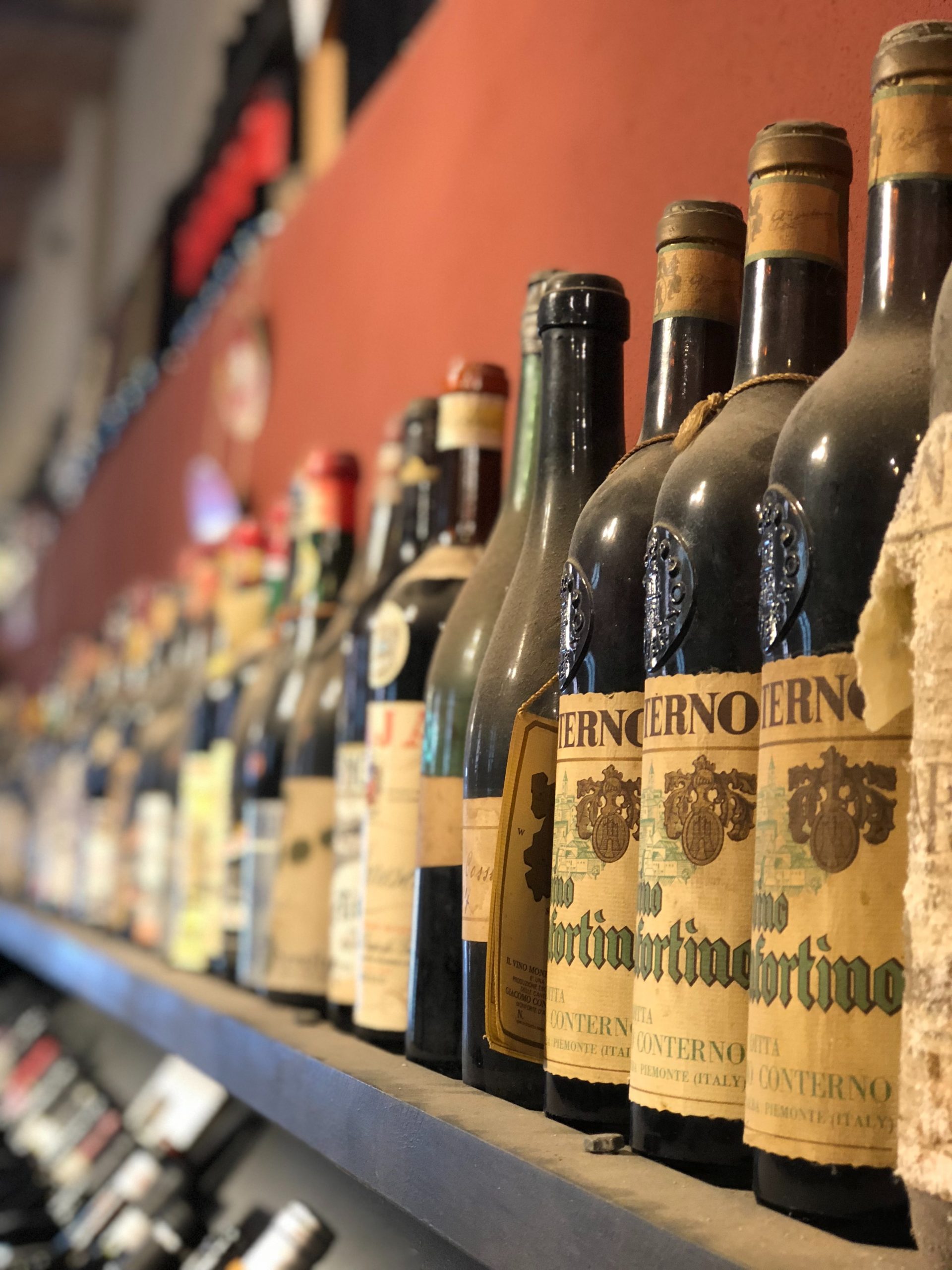Discover Amarone wine — Veneto’s legendary dried-grape red. Learn about its history, grapes, winemaking, producers, prices, vintages, tasting notes, pairings, and where to buy, in this complete 2025 guide.
Table of Contents
What is Amarone Wine?
Amarone della Valpolicella is Italy’s iconic dried-grape red wine, made in the hills of Veneto near Verona. Using the appassimento technique, winemakers partially dry Corvina and companion grapes before fermentation, producing a dry, full-bodied wine with intense concentration and 15–16% alcohol.
History and Origins
The Valpolicella area next to Verona, where limestone-rich hills cradle sun-drenched vineyards, is the birthplace of Amarone, a wine whose origins echo through time and legend.
From Ancient Tradition to Modern Marvel
The roots of Amarone stretch to antiquity. Roman scholar Cassiodorus recorded in the 6th century AD that Valpolicella’s sweet wines were prized by Ostrogothic kings, a testament to their early prestige. Well before Amarone existed, these lands cultivated grapes destined for rich, dried-wine traditions—methods possibly dating to the Greeks.
The Sweet Father: Recioto
Amarone evolved from Recioto della Valpolicella, a luscious dessert wine made from partially dried grapes. When fermentation stopped early, Recioto retained sugar-laden sweetness—but when allowed to run its course, it transformed into something richer and infinitely darker.
The Legendary “Mistake” in the Cellar
Enter the romantic legend: in the 1930s, at the Cantina Sociale Valpolicella, cellar master Adelino Lucchese reportedly left a barrel of Recioto to languish in the corner. Years later, expecting vinegar, he tasted instead a powerful, dry wine—and exclaimed, “This isn’t amaro (bitter), it’s Amarone—the big bitter!” thus naming the extraordinary discovery.
First Bottles & Rise to Fame
Though the style was born—or rediscovered—in the 1930s, the first bottles appeared in 1938 under the name Recioto-Amarone della Valpolicella, but it wasn’t until 1953 that Amarone was actively marketed and began its ascent in the wine world.
The Role of Villa Mosconi Bertani
Villa Mosconi Bertani, a historic estate in Valpolicella Classico, also lays claim to Amarone’s origins. Perched in Negrar, the neoclassical Villa Mosconi Bertani, with its romantic gardens and storied past, is often called the cradle of Amarone. Local tradition holds that in 1936, winemakers at the villa were among the first to intentionally embrace this dry version of Recioto and to use the name Amarone.
Because Villa Mosconi Bertani was a hub of innovation and had deep ties to the Bertani family (later one of Amarone’s most influential producers), it became symbolically linked to Amarone’s birth.
From DOC to DOCG
Amarone’s prestige took time to mature. In 1968, Valpolicella earned DOC status, followed by Amarone’s own DOCG designation in 2010—sealing its reputation as one of Italy’s most distinguished and strictly regulated wines.
A Second Renaissance
The late 20th century sparked renewed interest in Amarone. Global demand surged, pushing production from roughly 520,000 gallons in 1972 to over 1.2 million by 1990—and by 2000, production hit nearly 4 million gallons. This revival saved hillside, low-yield vineyards from abandonment and elevated Amarone’s quality and international stature. Recent wine experts now describe Amarone as enjoying a “third birth” in today’s era of artisanal expression and lighter, elegant styles
Where It’s Made: Valpolicella Terroir
The Valpolicella Classico zone (Negrar, Marano, Fumane, Sant’Ambrogio, San Pietro in Cariano) is the heart of Amarone. Hills with limestone-rich soils, cool breezes from Lake Garda, and drying winds from the Alps shape Amarone’s balance of richness and freshness.
Grapes & the Appassimento Technique
- Corvina (45–95%) – backbone, cherry, acidity
- Rondinella (5–30%) – color, herbal notes
- Corvinone – optional, structure
- Molinara – once common, now rare
The appassimento method: grapes are laid on straw mats or plastic crates, air-dried for 90–120 days. This reduces water, concentrates sugars, and creates Amarone’s signature intensity.
DOCG Regulations (since 2010)
- Minimum aging: 2 years (Amarone), 4 years (Riserva)
- Max yields: 12 tons/ha (to ensure quality)
- Alcohol: typically 15–16.5%
- Grapes: defined ratios of Corvina, Rondinella, Corvinone
Key Facts at a Glance
| Feature | Detail |
|---|---|
| DOCG Since | 2010 |
| Appassimento | 90–120 days drying |
| Alcohol | 15%+ |
| Aging | 2 yrs (Amarone), 4 yrs (Riserva) |
| Notable Producers | Quintarelli, Dal Forno, Masi, Allegrini |
Top 15 Amarone Producers
Cult Icons: Quintarelli (traditionalist legend), Dal Forno Romano (powerhouse modernist)
Historic Houses: Bertani, Masi, Allegrini
Eco & Terroir Driven: Speri, Zenato
Value Stars: Tommasi, Tedeschi
Boutique Names: Begali, Campagnola
Amarone Price Guide by Producer
| Tier | Price Range (€) | Producers |
|---|---|---|
| Entry | 30–50 | Masi, Tommasi, Bertani |
| Premium | 50–100 | Allegrini, Zenato, Speri |
| Luxury | 100–200 | Dal Forno, Quintarelli |
| Collector | 200+ | Quintarelli Riserva, rare Dal Forno vintages |
Best Amarone Vintages & Value Picks
- Exceptional: 2009, 2011, 2015, 2016, 2018
- Drink Now: 2017, 2019, 2020
- Cellar Worthy: 2015, 2016
- Value Picks: 2017 & 2019 (solid, affordable)
Amarone vs Other Italian Reds
- Barolo (Nebbiolo): tannic, austere vs Amarone’s plush richness
- Brunello (Sangiovese): elegance & acidity vs Amarone’s weight
- Super Tuscan: international grapes vs Amarone’s Venetian heritage
- Chianti Classico: everyday drinker vs Amarone’s celebratory wine
Tasting Notes & Characteristics
- Aromas: dried cherry, black fig, cocoa, licorice, tobacco
- Palate: dense, velvety, with firm tannins and long finish
- Style: dry, powerful, but balanced by acidity
Food Pairings + Recipes
Amarone della Valpolicella is a full-bodied, powerful red that excels when paired with equally bold dishes.
Amarone Works with Big Flavors
- Tannin softening: Amarone’s robust tannins mellow when paired with fatty meats and aged cheeses, creating a harmonized, smooth mouthfeel.
- Alcohol synergy: Its higher alcohol content (up to ~16%) stands up to rich, spicy, or umami-heavy dishes, balancing rather than overpowering
Classic Meat Matches
- Game & Braised Meats: Think venison, pheasant, duck, lamb shanks, beef short ribs, osso buco. Each dish brings bold flavors, perfect for Amarone’s depth.
- Stews & Ragùs: Rich pastas—like ragù-based pappardelle, beef stroganoff, or wild boar stew—mirror Amarone’s layered intensity.
- Holiday Roast Pairings: Think turkey or ox cheek—rosy, savory meats complemented by Amarone’s drying power and dark fruit notes.
Pasta, Risotto & Italian Classics
- Risotto all’Amarone: A regional star that infuses rice with the wine’s dried-cherry and savory intensity.
- Mushroom or Truffle Pasta: Earthy, creamy, and aromatic—these resonate deeply with Amarone’s tertiary flavors.
Cheeses That Shine
- Aged Hard Cheeses: Parmigiano-Reggiano (36+ months), Pecorino di Fossa, Taleggio, Reblochon elevate Amarone’s complexity with their salty, nutty richness.
- Bold Blues: Gorgonzola, Roquefort, or Stilton offer a striking contrast—creamy, pungent, and arresting alongside Amarone’s intensity.
Decadent Endings & Surprising Twists
- Dark Chocolate: Especially 70% cocoa or higher, for a bittersweet interplay with Amarone’s dried fruit and cocoa tones.
- Fruit & Nut Boards: Walnuts and aged Parmigiano make for elegant, easy post-dinner companions.
- Regional Specialties: Local Veneto delights—like brasato all’Amarone or fegato alla veneziana—complement Amarone’s heritage and depth.
What to Avoid
- Delicate seafood or white-sauce pastas—Amarone’s power will overpower subtle flavors.
- Very sweet desserts—the wine isn’t sweet enough for contrast and may feel coarse in comparison.
- Spicy Asian or chili-forward dishes—sharp heat can emphasize alcohol rather than harmonize with the wine.
Pairing Chart Snapshot
| Food Category | Suggested Pairings |
|---|---|
| Game & Braises | Venison stew, duck ragù, osso buco, lamb shanks |
| Pasta & Risotto | Risotto all’Amarone, truffle tagliatelle, wild boar ragù pasta |
| Cheeses | Parmigiano-Reggiano, Pecorino di Fossa, Gorgonzola |
| Dessert & Sweets | 70%+ dark chocolate, walnuts & cheeses |
| Regional Classics | Brasato all’Amarone, fegato alla veneziana, bigoli duck ragù |
Where to Buy & Pricing Trends
- US: Wine.com, Total Wine, K&L
- Europe: Majestic, Harrods
- Direct: Producers like Allegrini & Masi ship globally
- Auctions: Sotheby’s, Christie’s
Amarone Wine Tours & Travel
- Visit: Quintarelli, Allegrini, Tommasi estates
- Best season: September–October harvest
- Stay: agriturismi & boutique hotels in Valpolicella
- Side trips: Verona, Lake Garda
FAQ on Amarone Wine
What does Amarone taste like?
Amarone tastes rich, full-bodied, and velvety, with layers of dried cherry, plum, fig, cocoa, licorice, and sweet spice. Thanks to the appassimento grape-drying method, it combines concentrated fruit with high alcohol (15–16%) and a long, complex finish. Expect an opulent, almost raisined depth balanced by freshness from Valpolicella’s cool terroir.
Is Amarone sweet or dry?
Despite its intense, fruit-forward flavor, Amarone is always a dry wine. Unlike Recioto della Valpolicella (its sweet cousin), Amarone ferments fully, leaving almost no residual sugar. The result is a bold, dry red with subtle hints of chocolate and spice that may feel slightly sweet due to its richness—but isn’t.
Why is Amarone so expensive?
Amarone is expensive because it’s time- and labor-intensive. Grapes are dried for 90–120 days, yields are intentionally low, and wines must age for at least 2 years (4 for Riserva). The process reduces volume but boosts quality. Combined with limited production and global demand, Amarone often commands premium prices.
Best Amarone under $50?
While most Amarone costs $60–$150, some entry-level bottles fall under $50, offering great value. Look for producers like Tommasi, Masi, or Bertani, which release accessible Amarone with classic dried fruit and spice notes at affordable prices. Recent vintages (2017–2019) deliver balance and drinkability without the collector-level price tag.
Amarone vs Barolo: which to choose?
Choose Amarone if you want a powerful, velvety, fruit-driven red with high alcohol and dried fruit richness. Pick Barolo if you prefer elegance, firm tannins, and earthy complexity from Nebbiolo grapes. Amarone pairs with rich stews and aged cheese; Barolo shines with truffle dishes and game. Both are Italian icons.
How to pronounce Amarone? (AH-mah-ROH-neh)
Amarone is pronounced AH-mah-ROH-neh. The name comes from “amaro” (bitter in Italian) with the augmentative suffix “-one,” meaning “the Great Bitter.” The pronunciation emphasizes the rolling “r” and long “oh” sound in the middle, a nod to its Venetian origins in the Valpolicella region near Verona.
Most Expensive Amarone Wines for collectors
1. Giuseppe Quintarelli Amarone della Valpolicella Classico Riserva (1990 vintage)
- Often cited as the priciest Amarone available, with bottles fetching up to $1,872 USD in Italy.
- Some rarer formats or vintages by the same producer can command even higher sums, especially among collectors.
2. Quintarelli Selezione (2000 vintage)
- Another ultra-premium jewel from Quintarelli, sometimes listed for as much as $2,833 USD per bottle.
3. Overall Brand Prestige
- Giuseppe Quintarelli’s Amarone frequently ranks among Italy’s most expensive wines—often trailing only behind legendary labels like Barolo Monfortino.
4. Top-Tier Amarone della Valpolicella Classico Bottles
- According to Wine-Searcher, the highest-priced Amarone della Valpolicella Classico offerings on the market include:
- Tommasi De-Bvris Riserva – around $270
- Tedeschi La Fabriseria – near $262
- Rubinelli Vajol ‘Destinee’ Riserva – around $208
- Other notable pricey entries include Monte dei Ragni, Masi Mazzano, and Masi Campolongo di Torbe, ranging between $110–$200.
Chart Top Amarone wines, Vintages, and Prices
| Rank | Wine & Vintage | Approx. Price |
|---|---|---|
| 1 | Quintarelli Riserva (1990) | $1,872 USD |
| 2 | Quintarelli Selezione (2000) | $2,833 USD |
| — | Tommasi De-Bvris Riserva | $270 USD |
| — | Tedeschi La Fabriseria | $262 USD |
| — | Rubinelli Vajol ‘Destinee’ Riserva | $208 USD |
Have you tried Amarone wine? Share your tasting notes or travel tips with us on Instagram @DrinkItalian_com!
————————————————————
Please come back soon.
Send us an email if you want to suggest edits, or if you are looking for more info, at
cheers@drinkitalian.com
In the meantime, if you are in the mood for a good book, you can try:
– The Modern History of Italian Wine by Walter Filipputti
– Hidden Gems of Italy: An Insider’s Secret Formula To Find Top-Class Italian Wines At Value Prices And Taste La Dolce Vita by Tony Margiotta
Additionally, you can discover the other wines from Veneto.


